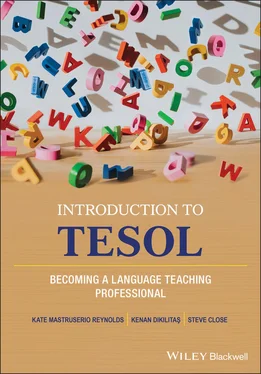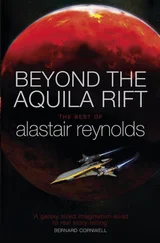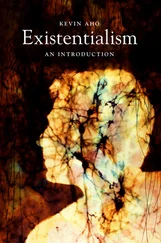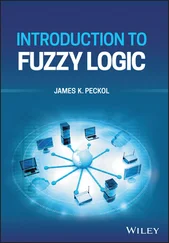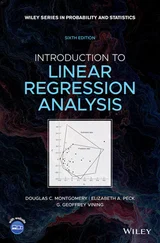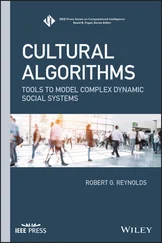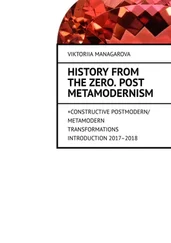Introduction to TESOL
Becoming a Language Teaching Professional
Kate Mastruserio Reynolds, Kenan Dikilitaş, and Steve Close

This edition first published 2022
© 2022 John Wiley & Sons, Inc.
All rights reserved. No part of this publication may be reproduced, stored in a retrieval system, or transmitted, in any form or by any means, electronic, mechanical, photocopying, recording or otherwise, except as permitted by law. Advice on how to obtain permission to reuse material from this title is available at http://www.wiley.com/go/permissions.
The right of Kate Mastruserio Reynolds, Kenan Dikilitaş, and Steve Close to be identified as the authors of this work has been asserted in accordance with law.
Registered Office(s)
John Wiley & Sons, Inc., 111 River Street, Hoboken, NJ 07030, USA
John Wiley & Sons Ltd, The Atrium, Southern Gate, Chichester, West Sussex, PO19 8SQ, UK
Editorial Office
9600 Garsington Road, Oxford, OX4 2DQ, UK
For details of our global editorial offices, customer services, and more information about Wiley products visit us at www.wiley.com.
Wiley also publishes its books in a variety of electronic formats and by print-on-demand. Some content that appears in standard print versions of this book may not be available in other formats.
Limit of Liability/Disclaimer of Warranty
The contents of this work are intended to further general scientific research, understanding, and discussion only and are not intended and should not be relied upon as recommending or promoting scientific method, diagnosis, or treatment by physicians for any particular patient. In view of ongoing research, equipment modifications, changes in governmental regulations, and the constant flow of information relating to the use of medicines, equipment, and devices, the reader is urged to review and evaluate the information provided in the package insert or instructions for each medicine, equipment, or device for, among other things, any changes in the instructions or indication of usage and for added warnings and precautions. While the publisher and authors have used their best efforts in preparing this work, they make no representations or warranties with respect to the accuracy or completeness of the contents of this work and specifically disclaim all warranties, including without limitation any implied warranties of merchantability or fitness for a particular purpose. No warranty may be created or extended by sales representatives, written sales materials or promotional statements for this work. The fact that an organization, website, or product is referred to in this work as a citation and/or potential source of further information does not mean that the publisher and authors endorse the information or services the organization, website, or product may provide or recommendations it may make. This work is sold with the understanding that the publisher is not engaged in rendering professional services. The advice and strategies contained herein may not be suitable for your situation. You should consult with a specialist where appropriate. Further, readers should be aware that websites listed in this work may have changed or disappeared between when this work was written and when it is read. Neither the publisher nor authors shall be liable for any loss of profit or any other commercial damages, including but not limited to special, incidental, consequential, or other damages.
Library of Congress Cataloging-in-Publication Data A catalogue record for this book is available from the Library of Congress
Paperback ISBN: 9781119632696; ePub ISBN: 9781119632719; ePDF ISBN: 9781119632733.
Cover image: © Catherine Falls Commercial/Getty Images
Cover design by Wiley
Set in 10/12 pt STIXTwoText by Integra Software Services Pvt. Ltd, Pondicherry, India
To all the newcomers to teaching and our daughter, Maddy,
“Every great dream begins with a dreamer. Always remember, you have within you the strength, the patience, and the passion to reach for the stars to change the world.”
– Harriet Tubman
Kate Mastruserio Reynolds and Steve Close
To all the teachers shaping the future of children with education and to my son, Derin,
“A good teacher is like a candle—it consumes itself to light the way for others.”
– Mustafa Kemal Atatürk
Kenan Dikilitaş
1 Cover
2 Title page Introduction to TESOL Becoming a Language Teaching Professional Kate Mastruserio Reynolds, Kenan Dikilitaş, and Steve Close
3 Copyright
4 Dedication
5 Acknowledgments
6 Introduction
7 Part One: The Field of TESOL 1 What Is TESOL? 2 How Is TESOL an Academic Profession? 3 With Whom and Where Do Those Prepared in TESOL Work?
8 Part Two: TESOL Professionals’ Knowledge of Linguistics and Second Language Acquisition 4 What Are the Five Areas of Linguistics and How Do They Help TESOL Educators? Why Do TESOL Educators Need a Working Understanding of Linguistics? 5 What Are the Various Areas of Second Language Acquisition Theory and How Do They Guide Instruction?
9 Part Three: TESOL Professionals’ Knowledge of Instruction, Planning, and Assessment 6 How Does Theory Inform and Guide Instructional Practice? 7 What Do Educators Need to Know About Teaching the Language Skills... 8 How Do TESOL Educators Teach Speaking and Writing in Integrated Language Instruction? 9 Tools: Grammar, Vocabulary, Pronunciation, and Spelling 10 What Themes, Topics, and Content Can I Employ? 11 How Has Digital Technology Changed Language Teaching and Learning? 12 What Are Ways of Planning for Second Language Instruction and Assessing Learning?
10 Part Four: TESOL Professionals’ Knowledge of Linguistics and Second Language Acquisition 13 How Does TESOL Develop Its Body of Knowledge and Share Professional Knowledge? 14 What Are the Current Situations in TESOL and New Directions To Be Taken?
11 Acronyms in TESOL/Applied Linguistics
12 Index
13 End User License Agreement
1 Chapter 1Figure 1.1 ACTFL Proficiency Scale.Figure 1.2 WIDA performance definitions—speaking and writing.Figure 1.3 WIDA performance definitions—listening and reading.
2 Chapter 3Figure 3.1 Broader settings for language teaching.Figure 3.2 Lao elementary school resources.Figure 3.3 In the Ukrainian classroom, students share resources.Figure 3.4 Classroom taken over by goats in Laos.Figure 3.5 EAP levels.Figure 3.6 Types of bilingual education programs.Figure 3.7 Maintenance bilingual program example.Figure 3.8 Language use in one-way transitional bilingual programs.Figure 3.9 Two-way transitional bilingual education programs.
3 Chapter 4Figure 4.1 Locations of articulators for vowel sounds.
4 Chapter 6Figure 6.1 Instructional methods over time...
5 Chapter 7Figure 7.1 Relationship between four language skills and tools.Figure 7.2 Pre-, during, Postreading sequence, part one.Figure 7.3 Pre-, during, postreading sequence, part two.Figure 7.4 Pre-, during, postreading sequence, part three.
6 Chapter 8Figure 8.1 Educators focus on fluency and accuracy by proficiency level.Figure 8.2 Continuum of speaking activity difficulty.Figure 8.3 The writing process.
7 Chapter 9Figure 9.1 English verb tenses.Figure 9.2 Deductive and inductive approaches to grammar instruction.Figure 9.3 Sequence of a deductive grammar lesson.Figure 9.4 Sequence of an inductive grammar lesson.Figure 9.5 Mind map of a young learner’s concept of cat.Figure 9.6 Concept of cat developing conceptually
Читать дальше
